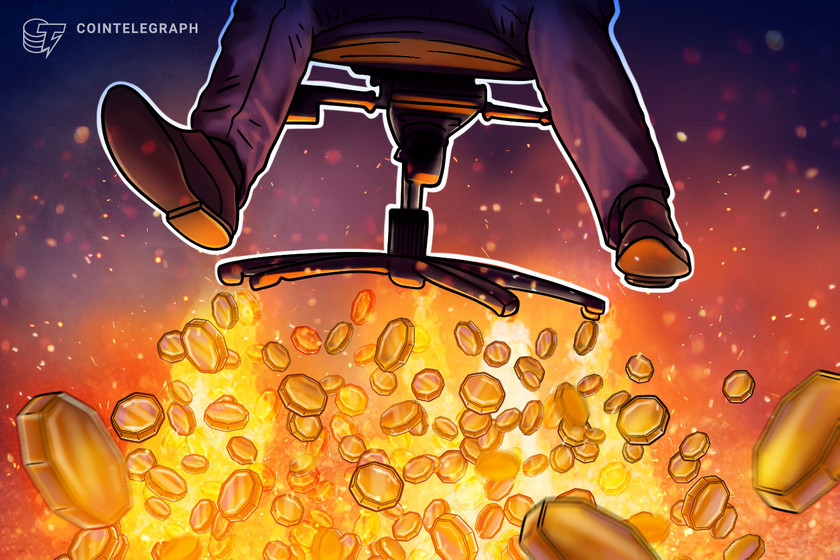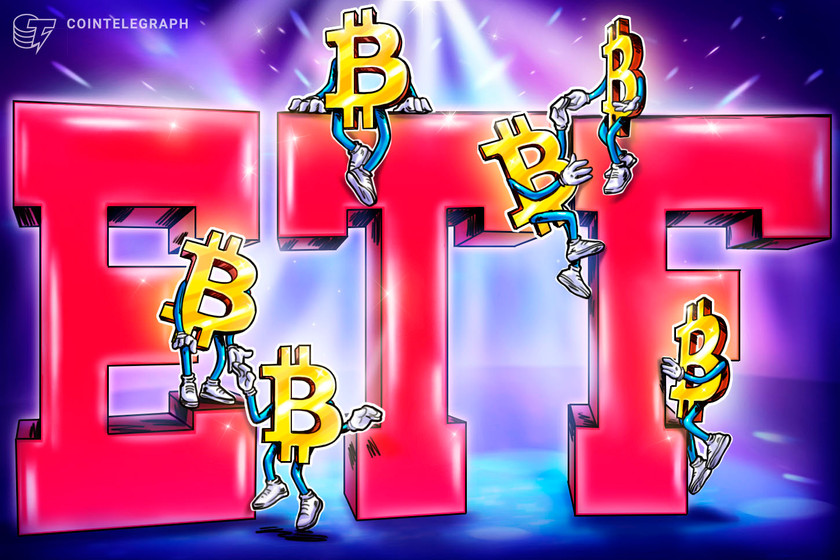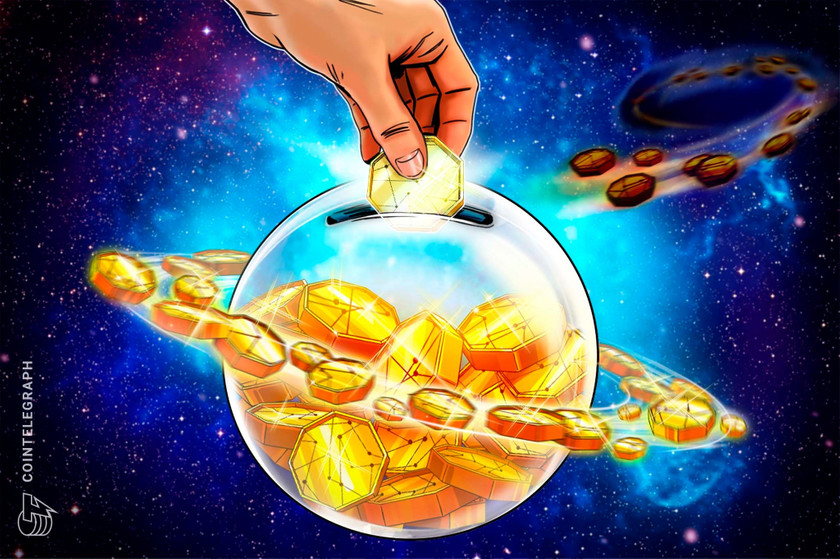Nickel Digital, Metaplex and others continue to feel the impact of FTX collapse


Some companies have resulted in layoffs to deal with their million-dollar losses.
Nickel Digital Asset Management is not the only company feeling the effects of FTX’s collapse and bankruptcy. NFT protocol Metaplex also laid off “several members of the Metaplex Studios team” due to the “indirect impact” from the collapse of crypto exchange FTX. The co-founder and CEO of Metaplex Studios, Stephen Hess, shared in a thread on Twitter:
“While our treasury wasn’t directly impacted by the collapse of FTX and our fundamentals remain strong, the indirect impact on the market is significant and requires that we take a more conservative approach moving forward.”
(3/7) While our treasury wasn’t directly impacted by the collapse of FTX and our fundamentals remain strong, the indirect impact on the market is significant and requires that we take a more conservative approach moving forward.
— stephen.sol (@meta_hess) November 17, 2022
The Ontario Teachers’ Pension Plan has also had to swallow some losses. According to an announcement made by the Canadian-based teachers’ pension fund, it invested $75 million into FTX International and its US entity, FTX.US. The Ontario Teachers’ Pension Plan shared that the investment “represented less than 0.05%” of its total net assets and “equated to ownership of 0.4% and 0.5% of FTX International and FTX.US, respectively.” Although disappointed by its losses, the pension plan asserts that “the financial loss from this investment will have limited impact on the Plan, given its size relative to our total net assets and our strong financial position.”
Related: Crypto Biz: FTX fallout leaves blood in its wake
On Nov. 18, Cointelegraph reported that Genesis Block, a frontrunner for providing cryptocurrency retail services in Hong Kong, separate from the institutional cryptocurrency trading services Genesis, will begin closing down its over-the-counter (OTC) online trading portal starting Dec. 10.
London-based crypto investment firm Nickel Digital Asset Management reported on Nov. 18 that it has around $12 million of its funds stuck on FTX. According to founder and chief investment officer Michael Hall, the company has been unable to withdraw funds, which allegedly account for an estimated 6% of its $200 million in assets under management.



















